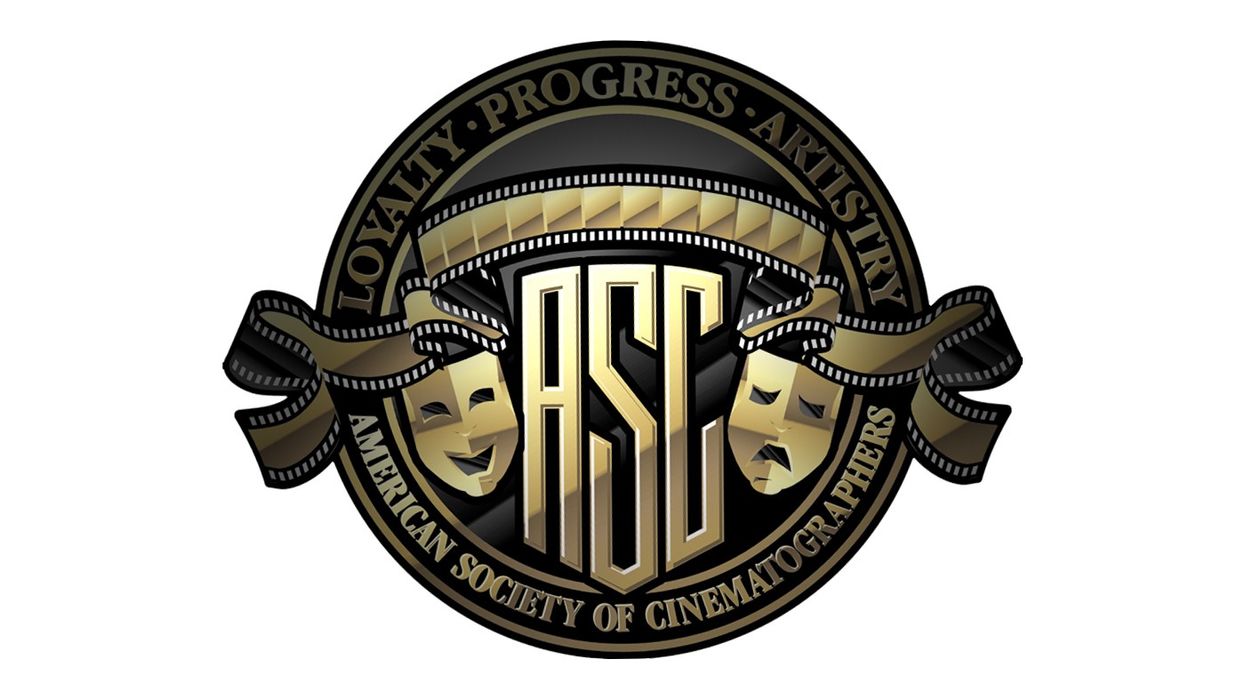ASC Cinematographers on Collaboration, Breaking Into the Industry, & Working with Actors
While there is a lot to the director of photography's job, above all, they are good collaborators.

At a recent American Society of Cinematographers event, students from Australia’s Queensland University of Technology took part in a Q&A with veteran DPs Bill Bennett, Patrick Cady, George Spiro Dibie, Peter Levy, Paul Maibaum, Peter Moss, and Haskell Wexler. The conversation ranged from how you can break into the industry as a foreigner, to fighting for a shot, and even to insights about working with actors.
Probably some of my favorite advice was also some of the most practical. Here's Patrick Cady on how to really make it in the industry and gain an advantage:
Be that indispensable person on set. Also, keep your monthly nut low; live in the cheapest place you can tolerate. You want to be able to make some choices out of what drives you artistically, and that will be easier if your expenses are low.
We've got brief answers from some of their questions, but you should check out the ASC post for all of the terrific advice from these terrific cinematographers.
Breaking Into the Hollywood System as a Foreigner
Here's Peter Levy, an Australian DP, on how to make it in the US in the film industry if you're not from here:
Skill alone is not enough. This is where the world’s best in the field of entertainment work. The main things that will work in your favor are your network and lucky breaks. In some ways, you’ve got to be seen as part of the food chain here [before your work is noticed]. You might not get a break for two years. Without contacts you won’t get far.
Forming a Creative Vision for a Particular Project
Paul Maibaum on how he approaches each project and starts developing a vision for how it should be shot:
It starts with getting inside the script and getting inside the director’s head and becoming a facilitator, a collaborator. You should also become really good friends with the production designer. Then, it’s finding a hook for yourself as to what the story is you’re telling; you can keep that to yourself and ask others to express their take. You must be able to listen. It’s an additive process, and whoever has the best idea wins.
Fighting for a Shot
Peter Moss on whether you should fight for a shot and what the job of a DP really is:
If time is the thing that’s making you lose the shot, I don’t think you can dig your heels in. You’ll just get fired. The skill of our job is creating something within certain budgetary and time parameters — and also creative parameters, because there are a couple of people who are more important than you creatively, and their parameters are going to stand in your way. You just have to be humble in this job.
Collaborating with the Gaffer
Patrick Cady talks about about how he works with the gaffer on set now based on his experience:
I came up as an electrician and a gaffer, and when I first started shooting, I would see the rehearsal, talk with the director about the blocking, and then start putting the lights up in my head, even down to the scrims. A couple years in I realized I was blocking off a huge resource by doing that. Now, I’ll say, ‘This is what we need to do, and I think this might work …’ and the really good technicians will build on that idea. I’ll often say to them, ‘Please let me know if I stop describing my problems and start describing my solutions.’
Working with Actors
Paul Maibaum on how a DP should work with actors:
I’ll move a light before I move an actor. This business is all about trust. It’s very important that your crew trusts you, your director trusts you and the actors trust you. They’re baring their souls in front of the camera for the audience, and they trust that it’s being recorded in the right way. I recommend you take an acting class if you haven’t already. You’ll have a lot more respect for what actors do.
Source: The ASC












